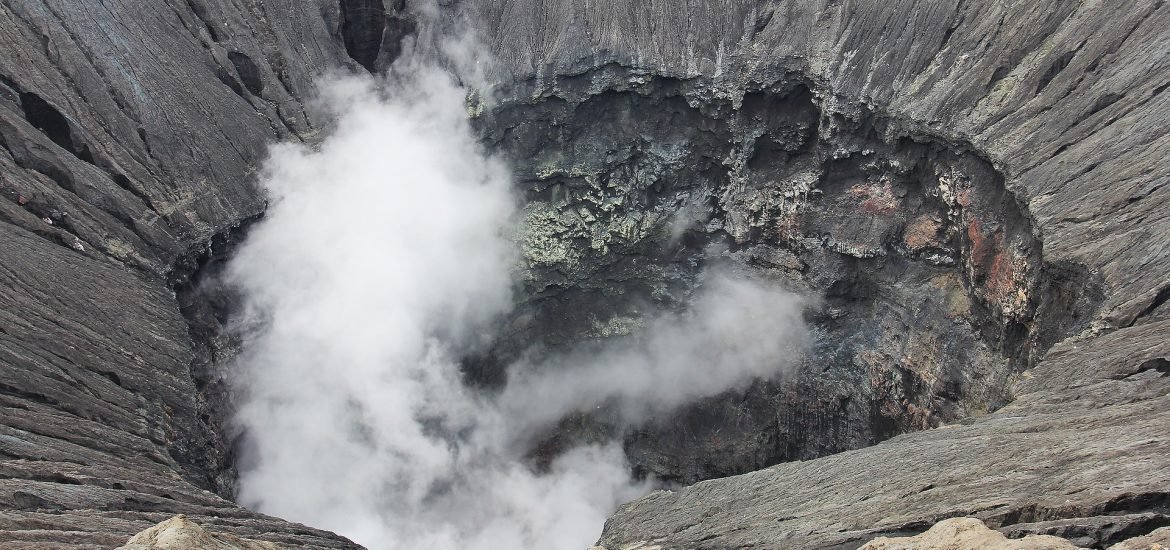
A geological study on plate tectonic stress has produced novel models that offer a way to predict when a supervolcano will erupt. Results of the study suggest that we’ll have more time before an eruption than we might expect.
The study, published in Geophysical Research Letters and authored by researchers from the University of Illinois, sought to investigate tectonic stress (various forms of geological forces on the earth’s tectonic plates) as a trigger for supervolcanic eruptions.
Catastrophic caldera forming volcanos, or supervolcanos, are aptly named because their eruption would indeed be catastrophic – on a global scale. Thus, reliable ways of predicting when these structures will erupt are imperative.
Two examples of supervolcanos are the Yellowstone caldera, located in Yellowstone National Park in the U.S., and the Taupo volcano, located in Northern New Zealand.
It has been the running assumption in geology that volcanos erupt when the hot magma underneath breaks through the roof rock after building up pressure over time. But Illinois researchers, noting that the earth’s supervolcanos are typically located in areas of high tectonic stress, wanted to investigate how much influence tectonic plate motion has in triggering a supervolcanic eruption.
Based on the volcanic zone where New Zealand’s Taupo volcano is located, these researchers developed a model of a supervolcano with which they could run various scenarios, observing the outcomes of different forms of tectonic stress on the volcano’s equilibrium. It was found that the type of tectonic stress mattered little in the event of an eruption; all forces – compressional, extensional, and shear – will amount to an eruption.
It was where the new model incorporated a supervolcano’s magma supply that their results came full circle to the original assumption they were aiming to elaborate on in their study. Yes, pressure from accumulating magma will eventually amount to an eruption, but what the authors note as “the most important outcome” of their work is that, once new magma begins to be injected into a supervolcano – a period of “rejuvenation”, as it is called – the volcano is only stable for a period of hundreds to thousands of years.
Professor Patricia Gregg, senior author of the study, said in a statement published yesterday that they “were initially surprised by this very short timeframe”. Supervolcanos are known to remain dormant for period of over a million years. What the new model shows is that, once the period of a supervolcano’s rejuvenation begins, it is a short time before a “large scale eruption” results.
Short on a geological timescale – but on a human timescale, it will be a long wait, from several lifetimes to thousands of years, from the time a supervolcano begins its period of rejuvenation to the time it erupts. During that time, researchers say we will be given “ample warning”, with “precursors to catastrophic eruption…far greater and long-lasting than anything yet documented.”
Such warning signs would include earthquakes, faulting of tectonic plates, and uplift of volcanic zones measuring hundreds of metres. Gregg says that the “models predict that the system would inflate for hundreds to thousands of years before we witness catastrophic eruption.”
Still, these models along with findings from the study provide great utility to experts monitoring activity of the world’s supervolcanos.
But as stated in a press release from the Illinois News Bureau yesterday, the study also “suggests that people need not be quick to panic – at least not yet.”